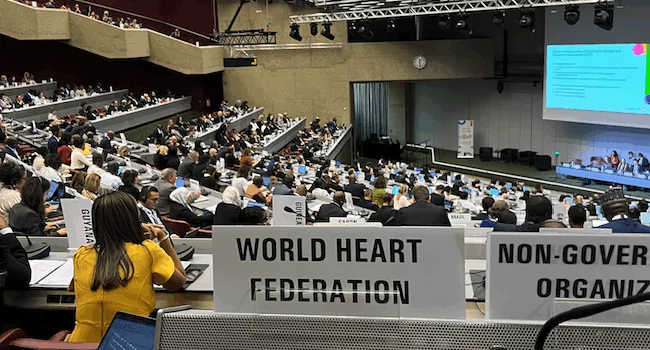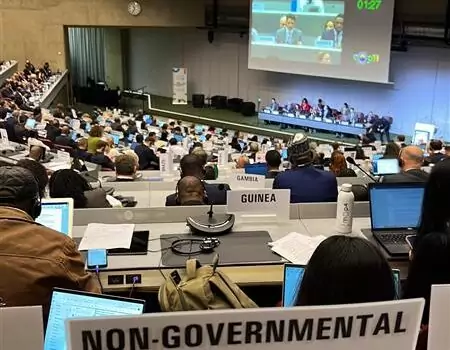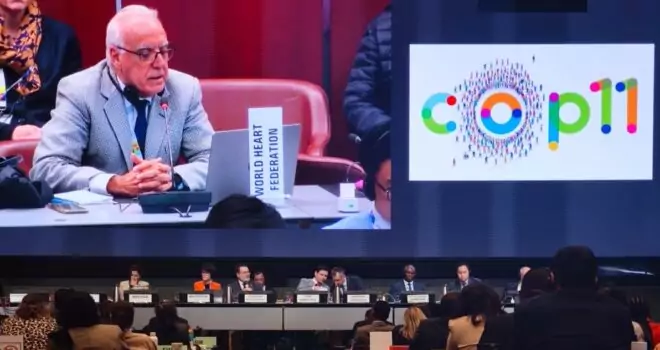
On 6 March, WHO Director-General Dr Tedros Adhanom Ghebreyesus announced the details of far-reaching organisational reform and the reshuffling of the WHO’s top leadership. The new structure aims to reduce “silos” within the organisation and to promote “one WHO”. For example, there will only be one Deputy Director-General (DDG) reporting to Dr Tedros: Zsuzsanna Jakab, former RD of WHO Europe. The new Assistant Directors-General (ADGs) will all report to the DDG, with the exception of the UHC and Life Course Programme led by Australian Executive Director Peter Salama, who will be reporting jointly to the DDG and Dr Tedros. The reform also aims to align WHO’s processes and structures with the “triple billion” targets and the Sustainable Development Goals.
The new programme structure is not yet clear to many; nor are the budgetary priorities. What we can report based on meetings held at WHO on 8 March is that the new changes seem conducive to a more holistic working approach within the organisation. Other notable changes include: reinforcing WHO’s normative, standard-setting work, supported by a new Division of the Chief Scientist and improved career opportunities for scientists; harnessing the power of digital health and innovation by supporting countries to assess, integrate, regulate and maximize the opportunities of digital technologies and artificial intelligence; making WHO more relevant at the country level with the support of a new Division of Data, Analytics and Delivery; and reinforcing a corporate approach to resource mobilization aligned with strategic objectives and driving new fundraising initiatives to diversify WHO’s funding base and strengthen its long-term financial stability. The WHF Advocacy Team will continue to monitor the effects of the reform and share updated assessments with our Members.


